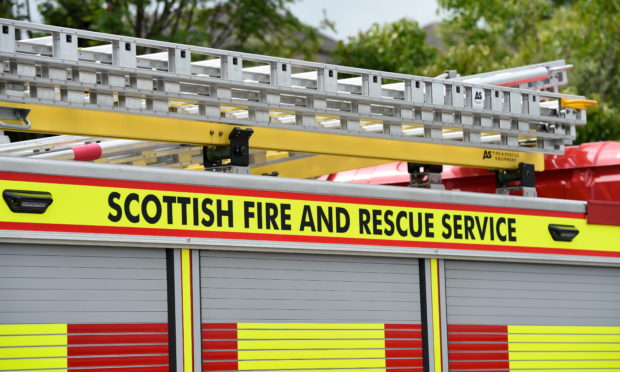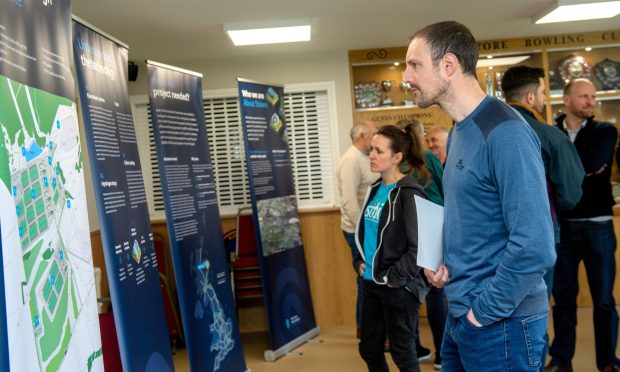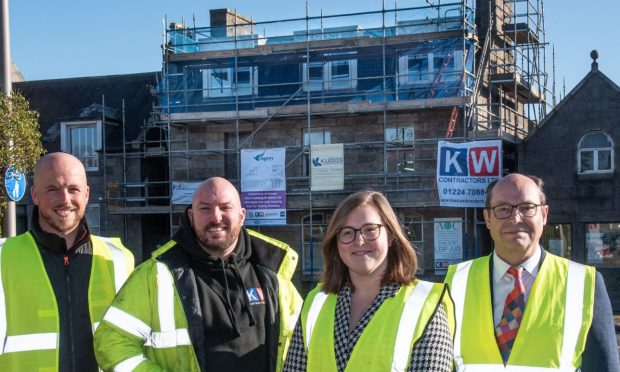Firefighters have drawn a link between the coronavirus lockdown and the number of people seriously hurt or killed in house fires in Scotland.
A report prepared for Aberdeen City Council’s public protection committee highlights a “significant national spike in fatalities as a consequence of accidental dwelling fires”.
That includes a death after a blaze in the city’s Charlotte Gardens, a fortnight into the national lockdown in early April.
Fire chiefs have also confirmed the number of people being hurt in house fires rose by more than 150% between April and June.
In the same period last year, seven people were hurt but this year the total was 18.
Firefighters rescued eight casualties from buildings, with 10 taken to hospital.
The other eight were treated at the scene.
Most were overcome with gas, smoke and toxic fumes or suffered “slight breathing difficulties” but two were also burned.
The huge rise, attributed to more people being at home when fires broke out, comes as the number of accidental fires fell in Aberdeen year-on-year.
In the three months from April, there were 60 – three less than in the year before.
With more people cooking at home during the strictest stage of lockdown, firefighters heralded it as a “positive result”.
The report prepared for councillors by fire bosses reads “The fire incidents recorded were predominantly accidental by adults and elderly persons.
“Historically these are between 12pm and 9pm but for this reporting period there is a marked change.
“Incidents are recorded across the three main meal times of breakfast, lunch and evening meal but with a distinct spike between 3am and 4am.
“Once again this can be linked to the lockdown from Covid-19 with cooking and domestic appliances along with smoking materials being the main source of ignition.
“The fires were in the kitchens, living rooms and bedrooms with food, clothing and furniture being the main items ignited.”
During the earliest part of the lockdown, imposed on March 23, the fire service let all non-emergency staff, not on the frontline, work from home.
Orders were also given to temporarily halt community engagement activities, which have been praised for their impact on the number of fires in recent years.
It was at this time, the report said, that there was a “significant national spike”.
Noting the increase, the fire service launched a national awareness campaign urging people to flag high-risk relatives and friends for a home safety visit.










